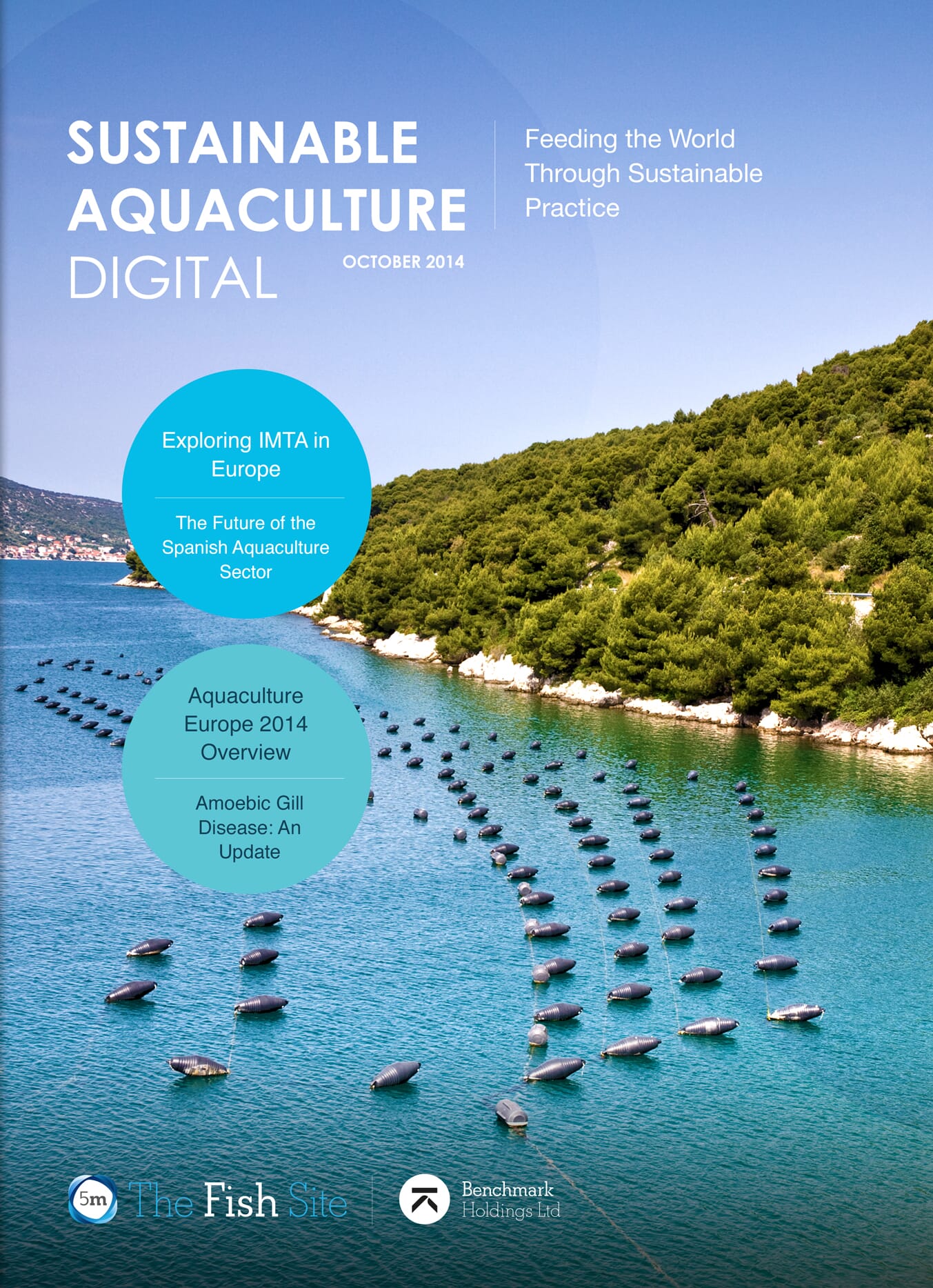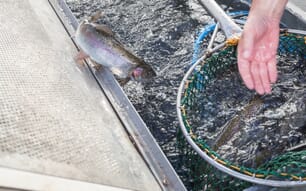Fish oil is a high quality source of energy and long-chain polyunsaturated fatty acids (LC-PUFAs; C20 or C22 fatty acids with three or more double bonds), but it is increasingly costly, and aquafeed prices must be managed by sparing fish oil with less expensive plant and animal-derived oils and fats.
Assuming essential fatty acid requirements are met (NRC 2011), fish fed reduced fish oil feeds generally exhibit equivalent growth performance. However, sparing LC-PUFA-rich fish oil with alternative lipids typically results in a marked decrease in levels of LC-PUFAs in the edible tissues.
Retention of these fatty acids is important for consumer acceptance due to the known benefits of LC-PUFA consumption on infant development, cancer, cardiovascular diseases, and mental illnesses.
Previous research by our lab and others has demonstrated that feeding diets containing high levels of medium-chain polyunsaturated fatty acids (MC-PUFAs; C18 fatty acids with two or more double bonds) results in substantial tissue fatty acid profile change and LC-PUFA loss, but that these effects are less dramatic among fish fed diets containing primarily saturated fatty acids (SFA; fatty acids with no double bonds) and monounsaturated fatty acids (MUFAs; fatty acids with one double bond).
Giovanni Turchini’s group at Deakin University, Warrnambool, Australia, dubbed this the “omega-3 sparing effect” of SFAs and MUFAs. Using these types of alternative lipids has been suggested as one approach, along with the use of finishing feeds, to counter LC-PUFA loss among fish fed reduced fish oil feeds.
Feeding traditional MC-PUFA-rich soybean oil is known to cause dramatic shifts in the fatty acid profile of farmed fish, but SFA-rich hydrogenated soybean oil has shown promise in aquafeeds.
Soybean oil is routinely hydrogenated to increase its shelf-life and to alter its other physical properties. During the hydrogenation process, unsaturated carbons in fatty acids are saturated, i.e., double bonds between carbon atoms are converted to single bonds between carbon and hydrogen atoms.Consequently, hydrogenated soybean oil contains little of its original MC-PUFA content and high levels of SFAs or MUFAs, depending on the hydrogenation process that was applied.
Short-term trials with rainbow trout (Oncorhynchus mykiss), cobia (Rachycentron canadum), white seabass (Atractoscion nobilis), largemouth bass (Micropterus salmoides) and hybrid striped bass (Morone chrysops x M. saxatilis) have indicated that hydrogenated soybean oil is advantageous in terms of limiting LC-PUFA loss from farmed fish.
We recently evaluated the production performance and tissue composition of rainbow trout raised on grow-out feeds containing graded levels of fish oil and hydrogenated soybean oil in conjunction with finishing periods of different durations.

This article has been taken from the October 2014 Sustainable Aquaculture Digital. To read the full article please, click here.
You can sign up for the next edition of the FREE Sustainable Aquaculture Digital, here.
February 2015




